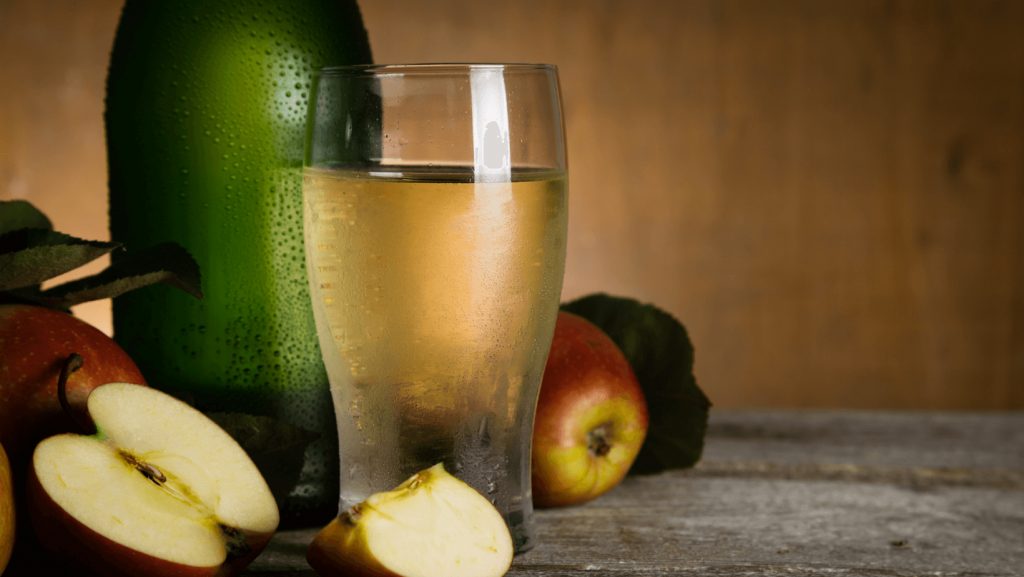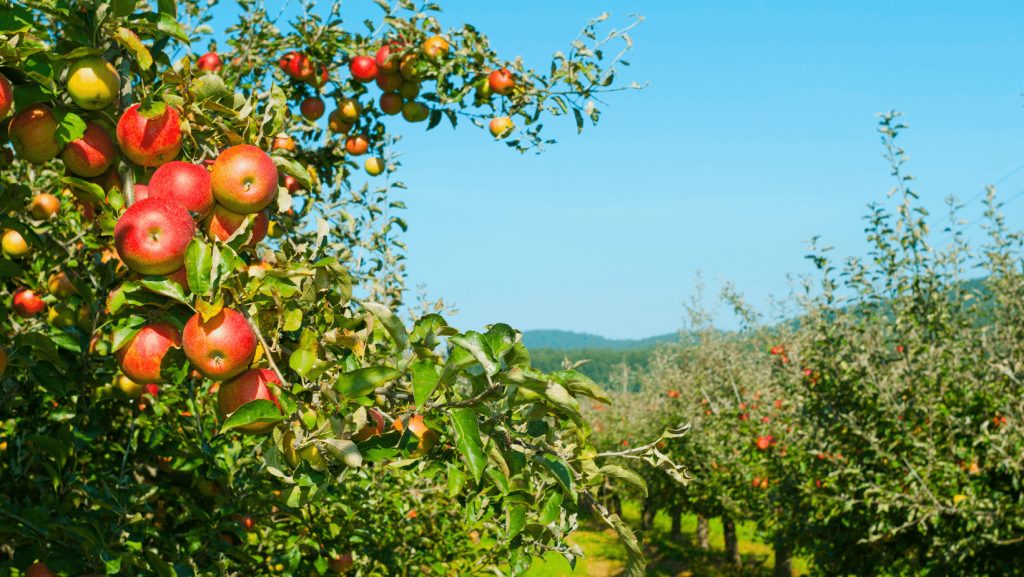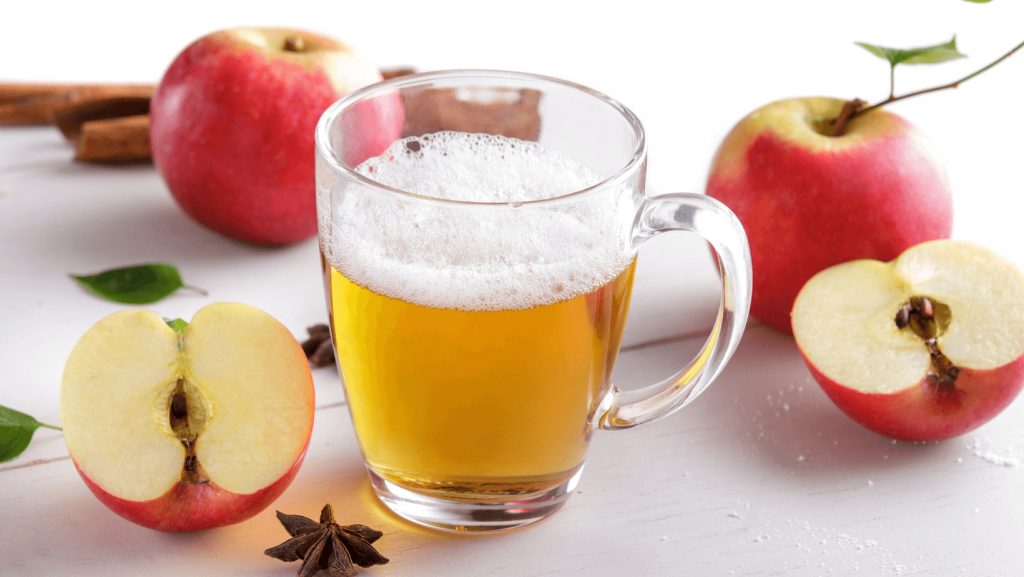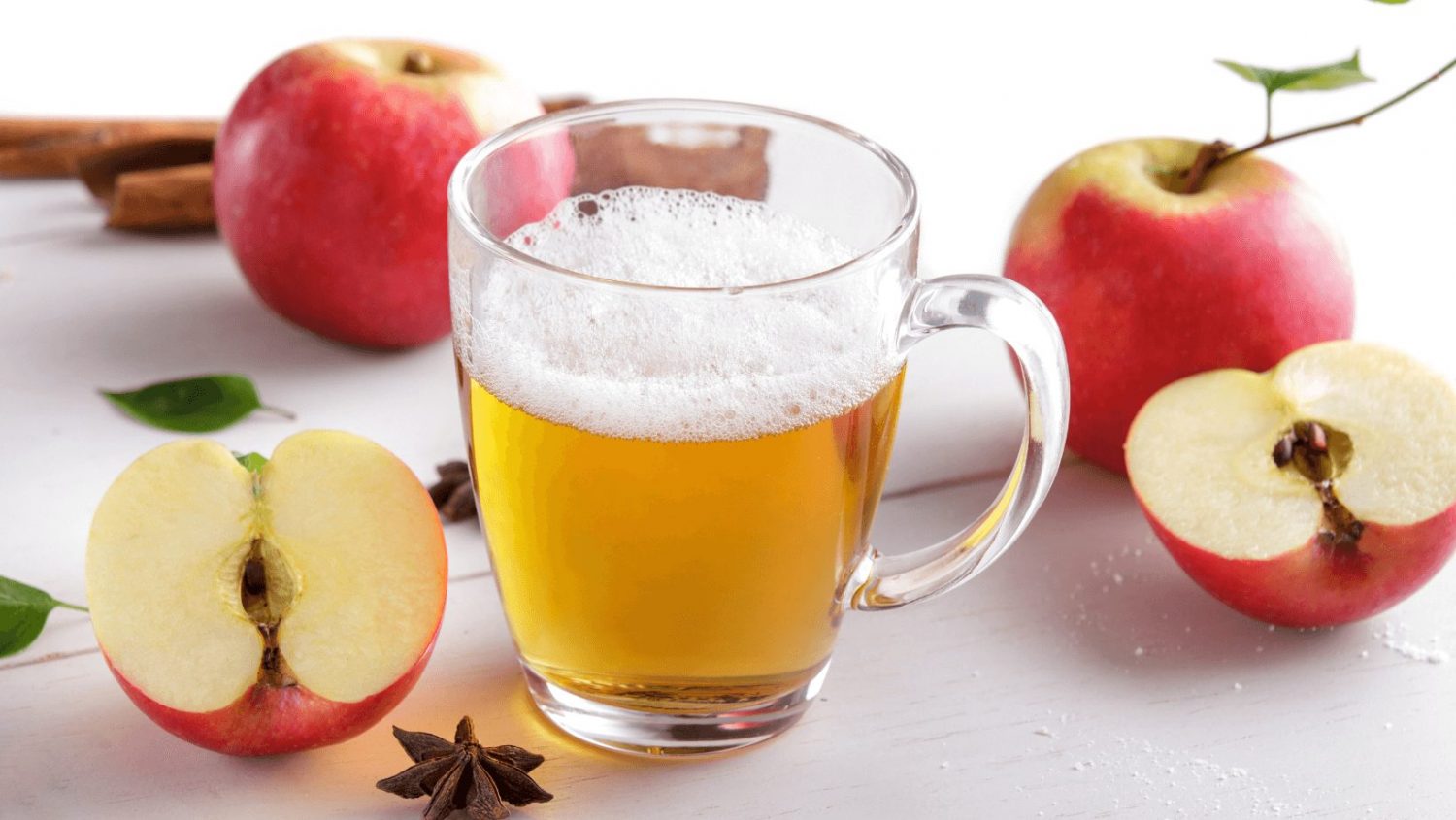
A Versatile Beverage
Throughout history, apple cider has served a number of important functions. In fact, it was once even used as a form of currency. Between the 13th and the 19th centuries in England, farm workers’ wages included four pints of cider per day. It’s also believed that children in the 14th century were sometimes baptized in cider since it was more sanitary than water.
As settlers began to arrive in America, they continued to spread their love for the drink. By the time of the American Revolution, one out of every ten farms in New England was operating its own cider mill. Since water sanitation was still a concern around this time, alcoholic drinks like apple cider were common go-to beverages to help prevent illness from contamination.
One of America’s founding fathers had a particularly strong affinity for the beverage. President John Adams drank a tankard of cider every morning because he thought it promoted good health. And it seems that Adams was doing something right. He lived to the age of 90, making him the fifth longest-living president, behind Jimmy Carter, George H.W. Bush, Gerald Ford, and Ronald Reagan.

What Happened To Apple Cider?
Despite its strong start, the popularity of apple cider in America took a steep drop in the early 1900s. There are a few factors that contributed to this decline. First, as more European immigrants continued to arrive in the early 20th century, they brought beer from their home countries with them. This caused the choice of go-to alcoholic beverages to shift significantly.
Around the same time, the Temperance Movement, and eventually Prohibition, also caused a sharp decline in apple cider production. Some farmers were inspired by speeches from members of the Temperance Movement to destroy their “demon orchards.” Once Prohibition was enacted, American cider production had fallen by 76%.
It has taken quite a while for apple cider to regain its popularity, but it has made some significant gains in recent years. One study found that the sales of cider in the United States in 2015 increased by 209.3% compared to sales in 2014. As of January 2019, there were over 900 cider producers based in the United States, nearly 100 of which were located in the state of New York. When it comes to total retail sales, Angry Orchard is currently the leading cider brand in the country.

Apple Cider By The Numbers
If you’re thinking about making your own cider, you’ll need a lot of apples to get the job done. It takes about 36 apples (roughly 12 pounds of fruit) to make one gallon of cider. By comparison, most apple pie recipes call for around 8 apples, meaning you could make about 4.5 pies with the same amount of apples it takes to make a gallon of cider.
So, how many apples does it take to keep up with the current demand? In 2018, a total of 1.9 million liters (or about 501,927 gallons) of cider was sold in the U.S. That means it took over 18 million apples to meet the needs of the market in America alone.
The most avid drinkers of apple cider in the U.S. are consumers aged 30 to 49, with about a quarter of those surveyed within this age group saying they drink it regularly. It’s least popular with those aged 50 to 64, as only 10% of those surveyed said they drink it regularly.

